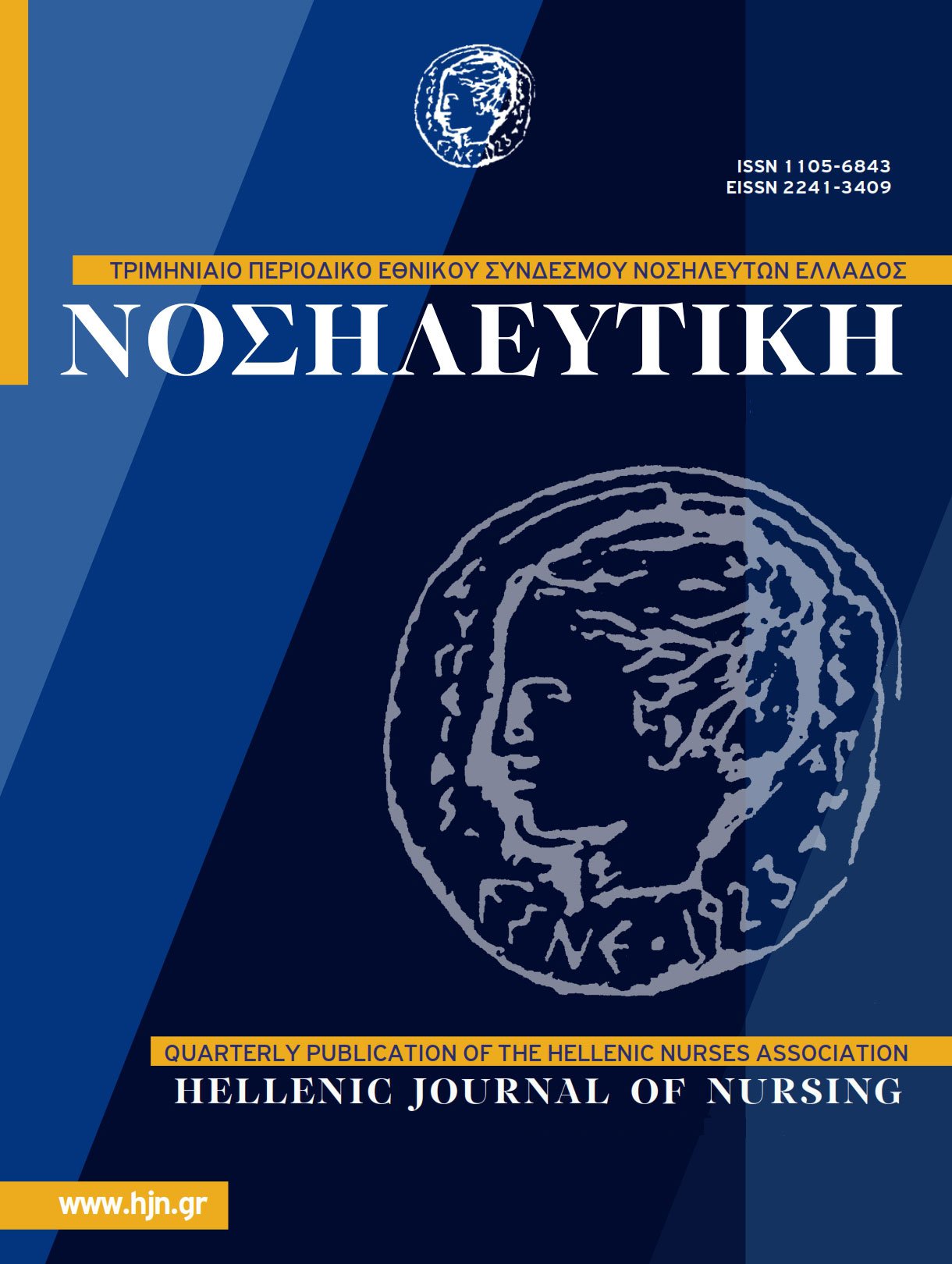Improving Patient Safety: The Measurement of QT Interval as an Emerging Vital Sign for Nursing
Abstract
Monitoring the clinical condition of the patients and identifying signs of deterioration is one of the traditional roles of
nurses. Many of drugs that that are administered everyday by nurses such as macrolides, fluoroquinolones, Imipenem/
cilastatin, citalopram, haloperidol and Piperacillin/Tazobactam are related with QT prolongation on the electrocardiogram, which cause an increased risk of life-threatening arrhythmias. In light of recent reports on the cardiac risks
involved in administering the first drugs proposed for the treatment of COVID-19, nurses can play an important role
in measuring the QT interval in each shift. Nurses should be familiar with QT interval measurement and monitoring
methods, especially in patients with other risk factors such as age over 68, cardiology history, potassium and magnesium electrolyte disturbances. Calculating and monitoring the QT interval as another vital sign is crucial for patient
safety and can help reduce the risk of life-threatening arrhythmias.



